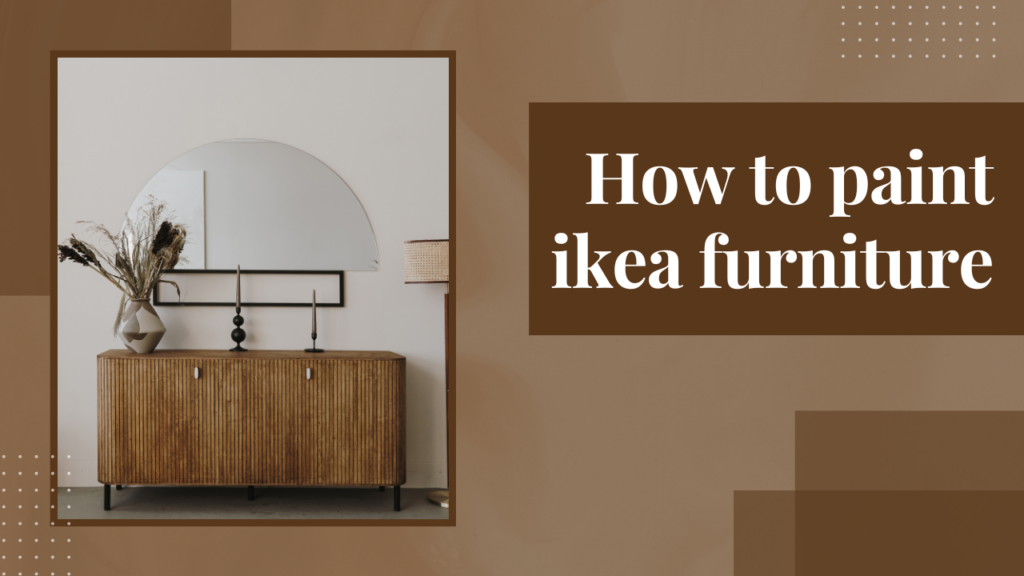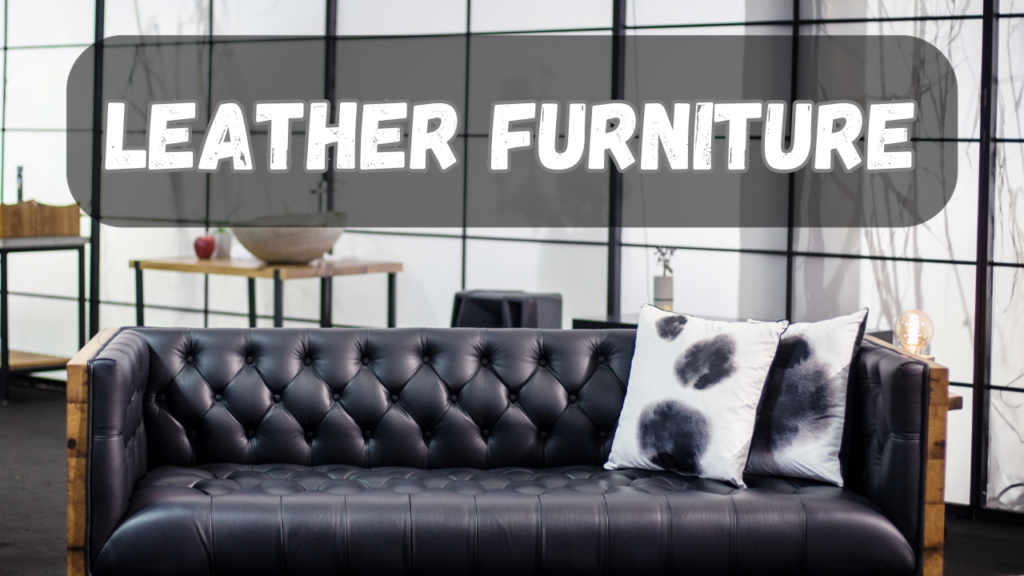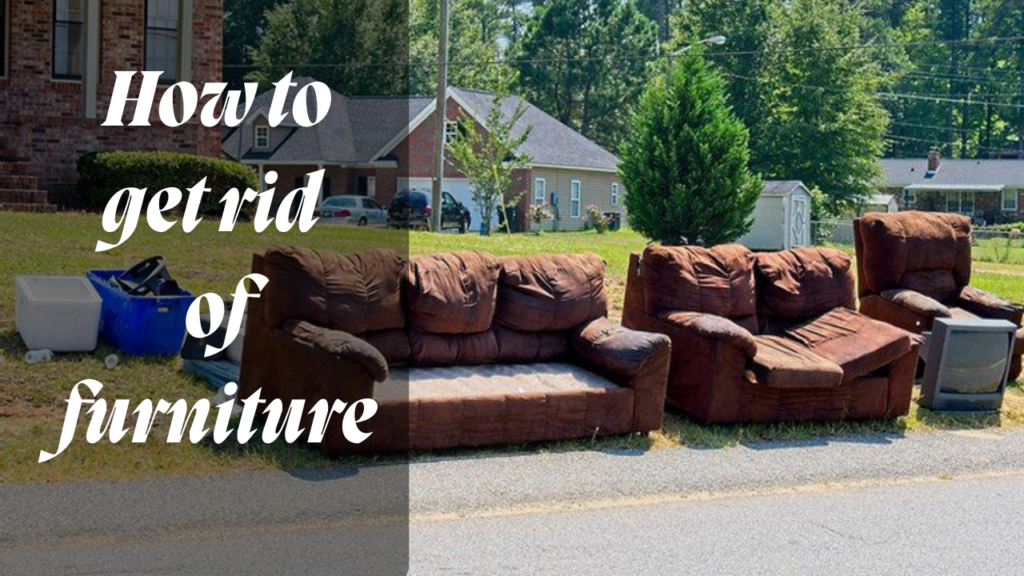IKEA furniture is affordable, stylish, and practical, but sometimes, you might want to give it a personal touch. Whether you’re looking to refresh an old piece or customize a brand-new one, painting IKEA furniture is a great way to make it unique. Since many IKEA pieces are made from laminate or particleboard, painting them requires a few special steps. Follow this easy guide to get the best results!
1. Gather Your Supplies
Before you start painting, make sure you have all the necessary materials:
- Sandpaper (120-220 grit) – for preparing the surface
- Primer (shellac-based or bonding primer) – for better paint adhesion
- Paint (latex, chalk, or acrylic) – choose the finish you prefer
- Foam roller or high-quality brush – for smooth application
- Painter’s tape – to protect areas you don’t want to paint
- Drop cloths or newspapers – to keep your workspace clean
- Sealer or topcoat – for added durability
- Screwdriver – to remove hardware (if necessary)
- Tack cloth or damp rag – to wipe down surfaces
2. Prepare the Furniture
Proper preparation is key to a smooth and long-lasting paint job:
- Disassemble if Needed: Remove drawers, shelves, and any hardware to make painting easier.
- Clean Thoroughly: Wipe down the furniture with a damp cloth to remove dust and grease. For stubborn grime, use mild soap and water.
- Lightly Sand the Surface: IKEA furniture often has a glossy laminate finish, which makes it hard for paint to stick. Use medium-grit sandpaper (120-220) to lightly scuff the surface. You don’t need to remove the finish completely—just rough it up.
- Wipe Off Dust: Use a tack cloth or damp rag to remove sanding dust.
READ MORE: How to Clean Wood Furniture
3. Apply Primer
Primer is essential for helping paint stick to IKEA’s slick surfaces.
- Choose the Right Primer: A shellac-based or bonding primer is best for IKEA furniture, as it grips well to laminate and particleboard.
- Apply Evenly: Use a foam roller or brush to apply a thin, even coat.
- Let It Dry: Follow the primer’s drying time instructions (usually a few hours).
- Light Sanding (Optional): For an ultra-smooth finish, lightly sand the primer with fine-grit sandpaper (220) after it dries.
4. Paint the Furniture
Now for the fun part—painting!
- Choose Your Paint: Chalk paint, acrylic, or latex paint all work well. Chalk paint provides a matte, vintage look, while acrylic and latex paints give a sleek, modern finish.
- Use a Foam Roller for a Smooth Finish: Apply thin coats rather than thick ones to avoid drips and brush marks.
- Let Each Coat Dry: Follow the drying time listed on the paint can before applying the next coat.
- Apply Multiple Coats: IKEA furniture often requires 2-3 coats for even coverage.
5. Seal for Durability
To protect your hard work, seal the paint with a topcoat.
- Use a Polyurethane or Polycrylic Sealant: This adds durability and prevents scratches.
- Apply Thin Layers: Use a foam roller or brush to apply a light, even coat.
- Let It Cure: Give the sealant ample time to dry before reassembling and using your furniture.
6. Reassemble and Enjoy
Once the furniture is completely dry:
- Reattach hardware or install new handles for a fresh look.
- Place it back in your space and admire your custom piece!
Final Thoughts
Painting IKEA Furniture is an easy and affordable way to upgrade and personalize your home decor. With a bit of creativity, you can turn basic flat-pack pieces into custom statement furniture that fits your unique style. Whether you’re working with a MALM dresser, a BILLY bookcase, or a LACK table, proper preparation is key—light sanding, a good primer, and quality paint will ensure a smooth, lasting finish.
Adding color or texture to IKEA Furniture not only enhances its appearance but also gives your space a personal touch that sets it apart from standard interiors. So grab your paintbrush, pick your favorite colors, and transform your IKEA pieces into something truly one-of-a-kind!Painting IKEA furniture is an easy way to upgrade and personalize your home decor. With the right preparation, primer, and technique, you can create a stunning, professional-looking finish that lasts. So grab your paintbrush and get creative!



